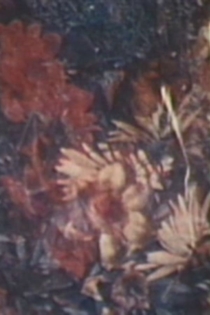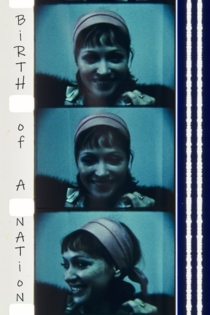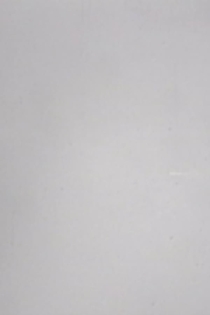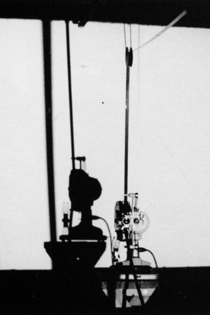
Takahiko Iimura
1937 (88 лет)Kuzu
Takahiko Iimura
"It's a mixture of [dead]animals, pieces of [broken] furniture, industrial waste, kids playing. I didn't have in mind any of the kind of historical perspective, nor was I trying to make an ecological statement. I was showing the new landscape of our civilization. My point of view was animistic. I tried to revive those dead animals metaphorically and to give the junk new life."
Junk
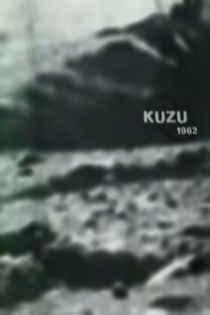
Four Shadows
Larry Gottheim
Takahiko Iimura
Like constellations wheeling round, a double chain of four image segments and four sound segments wheel past each other in sixteen combinations (a family of Gibbon apes, a landscape measured, a shadowed diagram after Paul Cézanne, a wintry urban scene, a text by William Wordsworth, a climactic scene from Claude Debussy's opera "Pelleas et Melisande").
Four Shadows
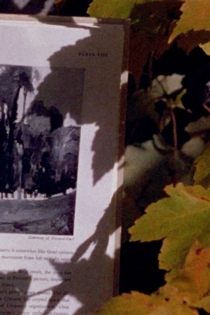
MA: Space/Time in the Garden of Ryoan-ji
Takahiko Iimura
The early sixteenth-century Japanese garden in the Zen temple of Ryoan-ji, in Kyoto, is considered a masterpiece of the karesansui or "dry landscape" style... In this film, the viewer is invited to experience the garden as an embodiment of ma, a Japanese concept that conveys both time and space... The aesthetic of the film is the message, it has the quality of an experimental film, a conceptual film-an artwork in itself. Good balance of music/visuals/titles. If not as compelling for some viewers as for others, still rated as very effective. Makes one want to visit the actual garden and experience its spiritual energy. – Art on Screen
MA: Space/Time in the Garden of Ryoan-ji
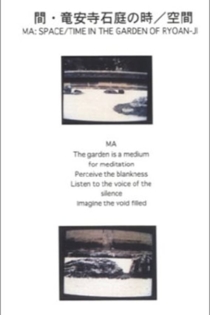
Rose Color Dance
Takahiko Iimura
Tatsumi Hijikata, Kazuo Ohno
A document of Tatsumi Hijikata's Butoh dance with Kazuo Ohno as the guest dancer shot in Hijikata's early period when he was emerging as the originator of Butoh. All of the male dancers are dressed up with evening suits and move gracefully, yet an intruder breaks up the whole scene abruptly. The film is worth seeing, even if just to see a memorable gay duet of Hijikata and Ohno. Overexposed, washed out images are sandwiched among normal ones.
Rose Color Dance
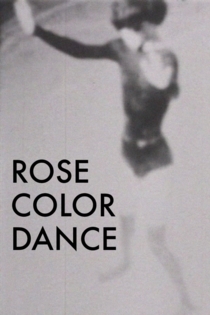
Filmmakers
Takahiko Iimura
Stan Brakhage, Stan VanDerBeek
Iimura creates a short self-portrait as well as brief portraits of five of his peers: Brakhage, Vanderbeek, Smith, Mekas and Warhol. In each portrait, Iimura attempts to copy the styles and traits of each artist (Vanderbeek's constantly moving camera; Mekas' experiments with film speed; Warhol's use of flashes of white against a black background), while briefly commenting on the images being shown. The film serves effectively as an introduction to the film styles of these artists.
Filmmakers
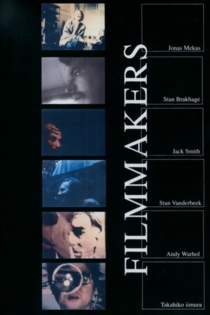
リリパット王国舞踏会
Takahiko Iimura
Sho Kazakura
A super-real comedy with Sho Kazakura. The film is divided in to a number of very short scenes or chapters, each with a title "A,B,C" at random. we see him lame in a crowd, see him running up stairs, see him absolutely naked, watch him urinate, etc. An anthology of discontinuous happenings and events.
A Dance Party in the Kingdom of Lilliput

Onan
Takahiko Iimura
Natsuyuki Nakanishi, Akiko Kodaira
“ONAN is a work about desire (masturbation) which has no object but itself. The appearance of the large egg objectifies the man's desires. After colliding with the other (a girl), the hero falls down while still holding the egg, thus caricaturing the desire of the hero.” —Takahiko Iimura (takaiimura.com)
Onan

視姦について
Takahiko Iimura
"The original film was rescued from a Tokyo trash bin. It is an American sexual education film in which plant and animal sex are explained. I, together with an artist friend, Natsuyuki Nakanishi, punched big holes in almost all of the frames. It was a protest against Japanese censorship of explicit images of sex, particularly pubic hair which the censors would cover with black marks. I inserted a few subliminal frames of pornographic imagery from magazines several times throughout the film. At the end, I even punched holes in these subliminal pictures, thereby 'censoring' the censored image." — Takahiko Iimura
On Eye Rape

Face
Takahiko Iimura
Mario Montez, Donna Kerness
The three faces (two women and one tranvestized man) in the series of close up, which are shot separately in their sexual process of the acting and the real, are intercut and edited making into a film. The sound is the voice of continuous laughing of a woman repeated from a loop-tape. What I try to realize in this film is the question of gender through the facial expression in sex between woman and tranvestized man, and the image in detail between the ac ting and the real life. When these factors are mixed, one can hardly distinguish one from the other.
Face
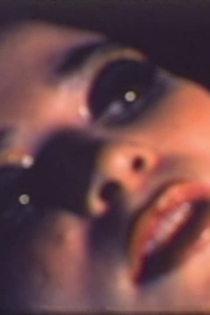
Double Portrait
Takahiko Iimura
"Double Portrait" and "I Love You" are a paired piece with Akiko Iimura. Both Iimuras play individually as well as a unit. In "Double Portrait" they are never together, but one by one in three points of view, front, side, and back, assigned to the words "I", "You" and "He/She" respectively. The pronouns rotate with every repetition, for instance, in front view with "You", then "He/She" and back to "I". Often the words are destroyed acoustically making them unintelligible. "I Love You" is not a style of confession, but the words, and a linguistic practice using a sentence and shifting the pronouns.
Double Portrait
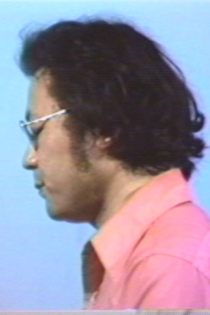
Flowers
Takahiko Iimura
Yayoi Kusama
While I was staying in New York in the 1960s during the rise of the hippie movement, I filmed performances of body painting by the artist, Kusama Yayoi, together with the performers. As I wasn't satisfied with merely documenting her performance, made super-impositions of flowers over the performance, more as a film poem than a documentary, since flowers was the symbol of the hippie movement as given the name "flower children."
Flowers
